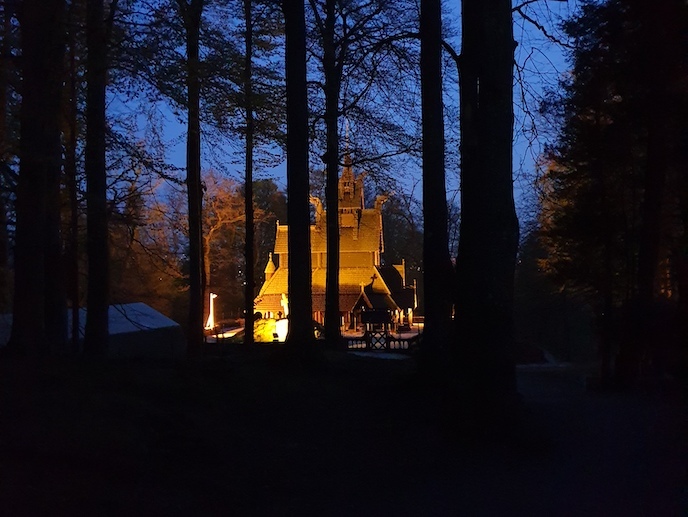What Norse myths tell us about our own world
Old Norse culture encompasses both the ‘Viking’ and the medieval cultures of Iceland and Norway, as well as parts of England, Ireland, Scotland and several other North Atlantic islands. “As ‘Viking’ can sometimes be interpreted as ‘pirate’ or ‘robber’, it can be misleading when we call the Scandinavians of the 9th to the early 11th century Vikings,” says SYMBODIN project coordinator Jens Eike Schnall, associate professor of Old Norse Studies at the University of Bergen, Norway. Schnall notes that these people were mostly farmers. Some were merchants or, indeed, went on military expeditions, and among them were some refined craftsmen and poets. Christianity was gradually taken up from around 900 AD onwards. “Anyone dealing with the pre-Christian religions and beliefs in the North faces a challenge here,” adds Schnall. “Apart from runic inscriptions, pretty much all the written Nordic sources originate from a far later Christian context. Trying to penetrate these texts is extremely difficult.”
Cracking the code
Nonetheless, this was the ambitious goal set by the SYMBODIN project, undertaken with the support of the Marie Skłodowska-Curie Actions programme. “Old Norse religion belongs to the pre-Christian traditions of Europe and offers a unique cosmology and world view,” says Marie Skłodowska-Curie fellow Jan Kozák. “And this world view was expressed in myth.” Kozák’s specific aim was to better understand how the image of the body was used in Norse myths to speak symbolically about topics other than the body itself. By cracking this ‘code’, Kozák hoped to offer a wider explanation of why myth was such a useful tool for describing their world. To begin, Kozák collected examples of body symbolism from primary sources (Old Norse mythological texts) and sorted them into various categories. He then devised a theoretical framework based on psychological, semiotic and cognitive linguistic concepts and applied this to the sorted data.
Myths as insight
Kozák’s research led him to conclude that Norse myths are so surreal because they give preference to the associative links that our minds make. “They are in a way ‘true stories’ – not about the reality out there, but about the reality of our cognitive apparatus and its inner logic,” he notes. Kozák argues that these findings are important, not just for understanding cultures of the past, but also for understanding contemporary religions and secular mythology (urban folklore, etc.). “We still misunderstand myth as ‘bad facts’,” he explains. “Myths use a different code than our everyday communication. They are reflective formations that give us a unique insight into how our cognitive apparatus and our social symbolic system works.” For example, despite all our technological advancement, we as a society still lack a fundamental understanding of contemporary political myths, urban myths, nationalistic myths, etc. “We really don’t know how these phenomena function and why they attract people,” says Kozák. “Studying Old Norse myths instead of contemporary secular mythology gave me the distance to stand back and analyse this phenomenon, without being entangled too much.” Kozák is currently completing a paper based partially on data from the SYMBODIN project. He plans to follow up with research focusing on the god Thor, mapping the phenomenology of the deity and its various aspects. “I hope the long-term legacy of this work will be to show that myths are not ‘primitive science’, but rather psychological and sociological phenomena that express something real about our mind and society,” he concludes.
Keywords
SYMBODIN, Norse, Viking, religion, myth, symbolism, mythology, secular







